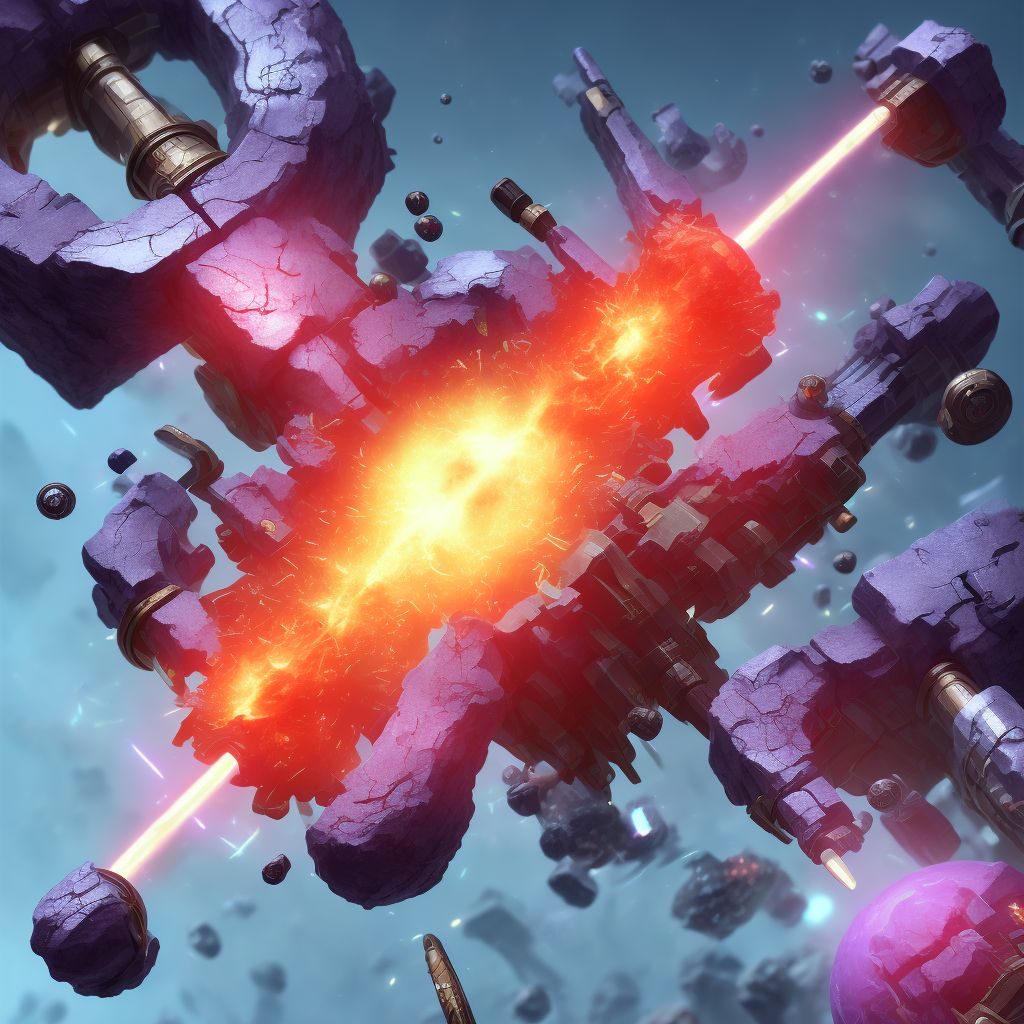
Displaced spiral fracture of shaft of unspecified fibula, subsequent encounter for open fracture type I or II with routine healing Save
ICD-10 code: S82.443E
Disease category: S82.443: Displaced spiral fracture of shaft of unspecified fibula
Displaced Spiral Fracture of Shaft of Unspecified Fibula: Understanding the Injury
A displaced spiral fracture of the shaft of the unspecified fibula is a specific type of injury that affects the lower leg. This fracture occurs when the fibula bone, which is one of the two long bones in the lower leg, breaks in a spiral pattern and becomes misaligned. The displacement refers to the separation or shifting of the broken bone fragments.
This type of fracture is typically caused by a twisting or rotational force applied to the leg. It commonly occurs during sports activities, such as football or skiing, or as a result of an accident or fall. The severity of the fracture can vary depending on the extent of the spiral and the degree of displacement.
After the initial encounter with a healthcare professional for this injury, a subsequent encounter may be necessary for open fractures of type I or II with routine healing. Open fractures involve a break in the skin that exposes the fractured bone to the external environment, increasing the risk of infection.
- Diagnosis: A thorough examination, including imaging tests such as X-rays or CT scans, helps in diagnosing the displaced spiral fracture of the fibula shaft. The examination also helps determine the type of open fracture and its severity.
- Treatment: While we won't be discussing treatment in this article, it's important to note that the treatment options for this type of fracture may include casting, splinting, or surgical intervention, depending on the specific circumstances.
- Recovery: Following the appropriate treatment, routine healing is expected for open fractures of type I or II. Routine healing refers to the natural process of bone repair and regeneration, which may take several weeks to months.
- Rehabilitation: Once the fracture has healed, rehabilitation exercises and physical therapy may be recommended to restore strength, flexibility, and mobility to the affected leg.
In conclusion, a displaced spiral fracture of the shaft of the unspecified fibula is a specific type of lower leg injury that can occur due to twisting or rotational forces. Subsequent encounters for open fractures of type I or II with routine healing are necessary to ensure proper recovery. Remember to consult with a healthcare professional for an accurate diagnosis and appropriate treatment options.
Treatment of Displaced spiral fracture of shaft of unspecified fibula, subsequent encounter for open fracture type I or II with routine healing:
Treatment Options for Displaced Spiral Fracture of Shaft of Unspecified Fibula
A displaced spiral fracture of the shaft of the fibula can be a painful and debilitating injury. However, with proper treatment and care, it is possible to recover and regain normal functionality. The subsequent encounter for an open fracture type I or II with routine healing requires specific treatment ...
To see full information about treatment please Sign up or Log in